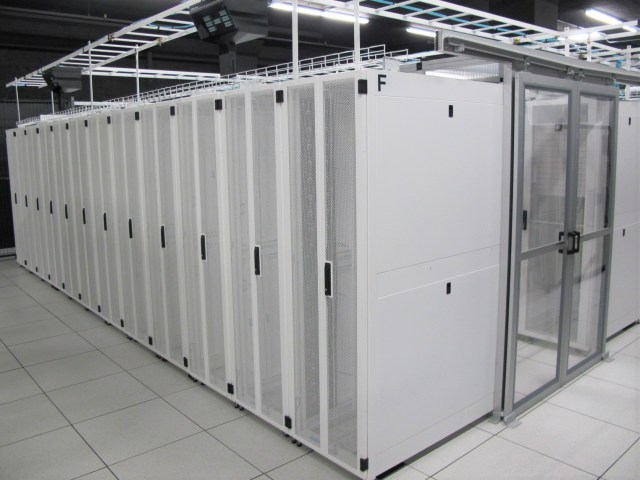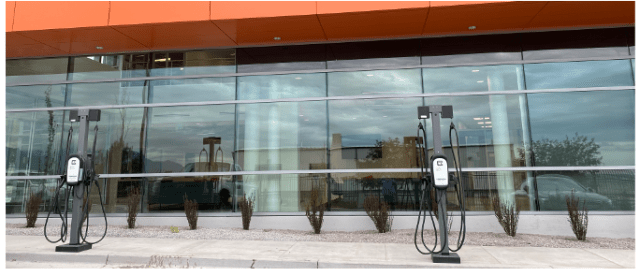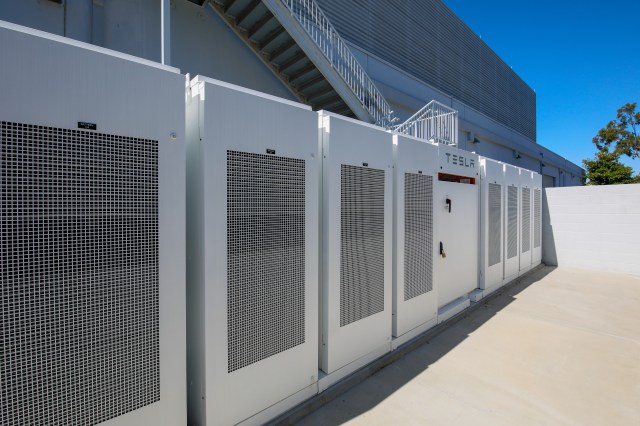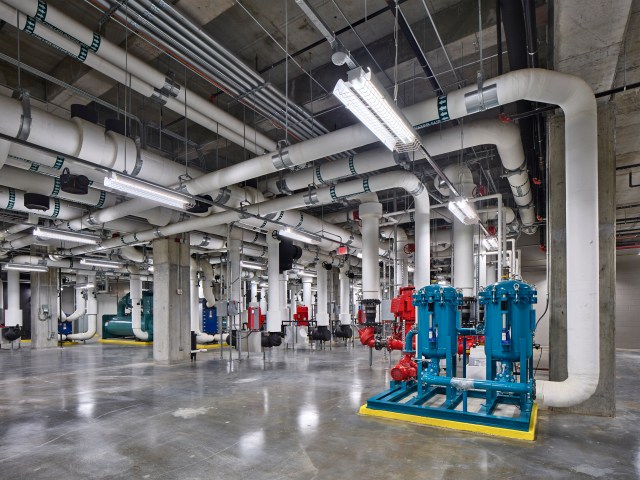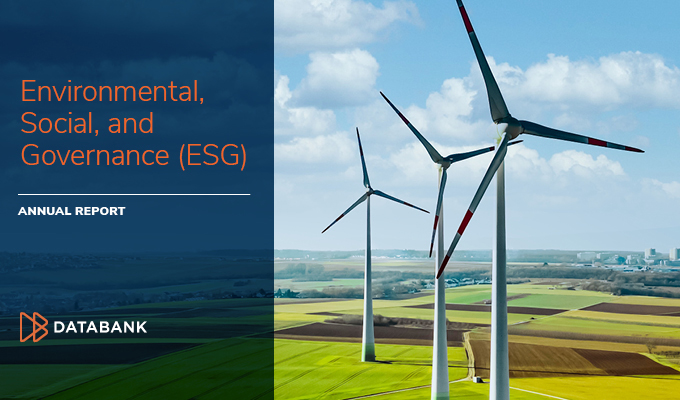Request a Quote
Tell us about your infrastructure requirements and how to reach you, and one of team members will be in touch shortly.
Tour Our Facilities
Let us know which data center you'd like to visit and how to reach you, and one of team members will be in touch shortly.



